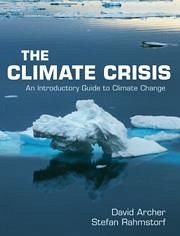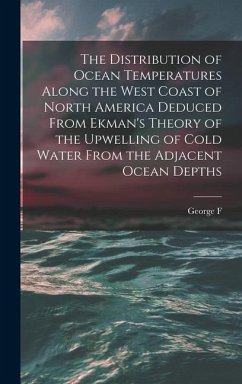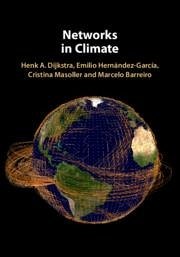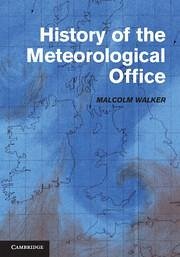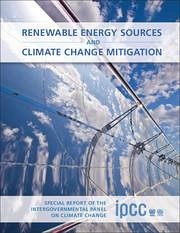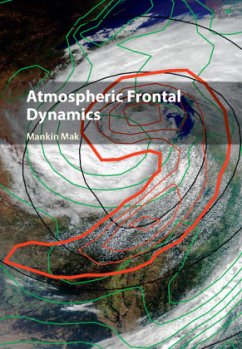Nicht lieferbar
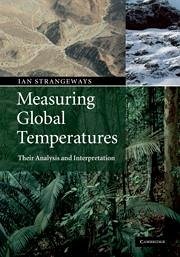
Versandkostenfrei!
Nicht lieferbar




An explanation of how global temperatures are measured and analysed, for meteorologists, climatologists and hydrologists.
Ian Strangeways obtained his degree in electronic engineering, physics and mathematics from Bangor University, followed by a PhD in meteorological instrumentation from Reading University. After 24 years at the Institute of Hydrology as head of the Applied Physics Section, concerned with measuring the hydrometeorological environment, he became Director of TerraData, a consultancy in meteorological and hydrological data collection. He is also the author of Measuring the Natural Environment, now in its second edition (2003, Cambridge University Press) and Precipitation: Theory, Measurement and Distribution (2007, Cambridge University Press). He has written many papers on the topic of data collection, climate measurement and instrumentation, and has written extensively for the Royal Meteorological Society's (RMetS) magazine Weather, for which he received the Gordon Manley Award in 2005. He is on the committee of the RMetS Special Interest Group on Meteorological Observing Systems, which he also chaired for three years. He has travelled extensively to many remote areas of the world, advising on the monitoring of the weather and rivers, and has given talks at major international conferences. He has been an external lecturer on the subject at Newcastle University, and has also taught at the Open University and instructed students overseas. He is an Associate Fellow of the RMetS and an Associated Member of the British Hydrological Society and the Institution of Civil Engineers.
Produktdetails
- Verlag: Cambridge University Press
- Seitenzahl: 252
- Erscheinungstermin: 14. Dezember 2009
- Englisch
- Abmessung: 246mm x 175mm x 15mm
- Gewicht: 658g
- ISBN-13: 9780521898485
- ISBN-10: 052189848X
- Artikelnr.: 28109001
Herstellerkennzeichnung
Libri GmbH
Europaallee 1
36244 Bad Hersfeld
gpsr@libri.de
Für dieses Produkt wurde noch keine Bewertung abgegeben. Wir würden uns sehr freuen, wenn du die erste Bewertung schreibst!
Eine Bewertung schreiben
Eine Bewertung schreiben
Andere Kunden interessierten sich für



